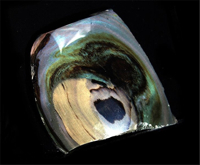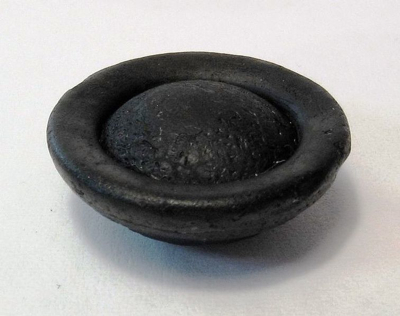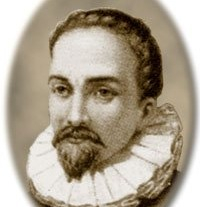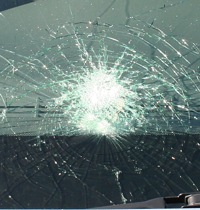
 WEB EXCLUSIVE
WEB EXCLUSIVE
Glass Acts:
A short history of glass
The earliest form of glass discovered was undoubtedly that of the natural glass called obsidian. Obsidian is a natural by-product of volcanic eruptions and it was prized by prehistoric societies the world over for its colours, sharp edges, and workability.

|
|
| Obsidian was highly prized by ancient peoples for both its sharp edges and its beauty. |
April 14, 2010 – The earliest form of glass discovered was undoubtedly
that of the natural glass called obsidian. Obsidian is a natural
by-product of volcanic eruptions and it was prized by prehistoric
societies the world over for its colours, sharp edges, and workability.
It can be fractured to produce weapons, tools and arrowheads. It can
also be polished to create mirrors.
Also on the list of natural glass is fulgurite, created when lightning strikes sandy soils under the right conditions, and tektite, which is created from meteorite impacts – extraterrestrial glass!
According to the Roman historian Pliny, glass was invented by Phoenician traders. Pliny says the Phoenicians noticed that a clear liquid formed when the nitrate blocks on which they placed their cooking pots melted and mixed with sand from the beach.
 |
|
| A form of tektite called Australite. The button shape is caused by ablation of molten glass in the atmosphere. |
|
The tale makes for interesting reading, but one should read it with a skeptical eye.
It's much more likely a case of man “mimicking” nature – in this case observing what occurs during volcanic action or lightning in direct contact with silica sand and then experimenting in an attempt to duplicate the phenomenon.
There have been many historic milestones in the use of glass. Below are just a few.
1291 A.D. Mirror glass invented by the Venetians. Mirrors existed before this, but they were usually made of copper that had been flattened and polished. The glass mirrors produced in Venice starting in the late 13th century were much better in quality.
 |
|
| The stained glass shown here is from the Notre Dame de Chartres Cathedral in France. It dates from the 13th century. |
|
 |
|
| Hans Lippershey. | |
 |
|
| The invention of safety glass has saved many lives over the years. |
Circa 1100 – 1199 A.D. Stained glass windows began to appear in English and French churches in the 12th century. Although it has made inroads as a purely decorative item, stained glass is still primarily thought of as a religious adornment.
1284 A.D. The first true spectacles were invented by Salvino D'Armate. A number of precursors existed, including so called “reading rocks.” These were large lumps of exceptionally clear glass polished into a convex shape.
The Book of Optics was published by Alhazen in 1021, and its translation into Latin in the 12th century was instrumental in the development of eyeglasses.
1608 A.D. Hans Lippershey, a German spectacle maker, invents the telescope. Others involved with those earliest telescopes include Zacharias Janssen and Jacob Metius. Galileo Galilei is credited with making a number of vital improvements in 1609.
1674 A.D. Lead glass invented by George Ravenscroft.
1874 A.D. Tempered glass invented by François Royer de la Bastie.
1895 A.D. Michael J. Owens invents his first bottle-making machine. He invented a number of others. His machines could produce glass bottles at a rate of 240 per minute, and reduced labor costs by about 80 percent.
1893 A.D. Wire glass invented by Leon Appert.
1903 A.D. Safety glass invented by French chemist Edouard Benedictus, after he was inspired by a lab accident. A glass flask had become coated with cellulose nitrate, a form of plastic. When dropped, it shattered but did not break into shards.
1952 A.D. Alastair Pilkington and Kenneth Bickerstaff develop the the first commercial float glass process. Pilkington become the chairman of Pilkington Glass in 1973 and occupied the position until 1985. Prior to that he was the company's technical director. Despite sharing the same name, Alastair Pilkington was in no way related to the founders of the company.
Print this page
Leave a Reply